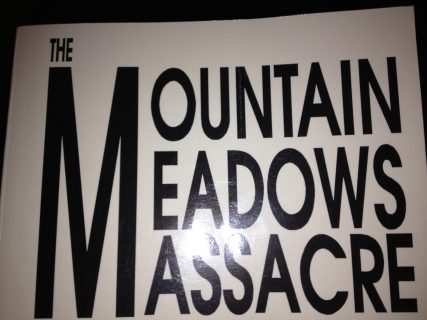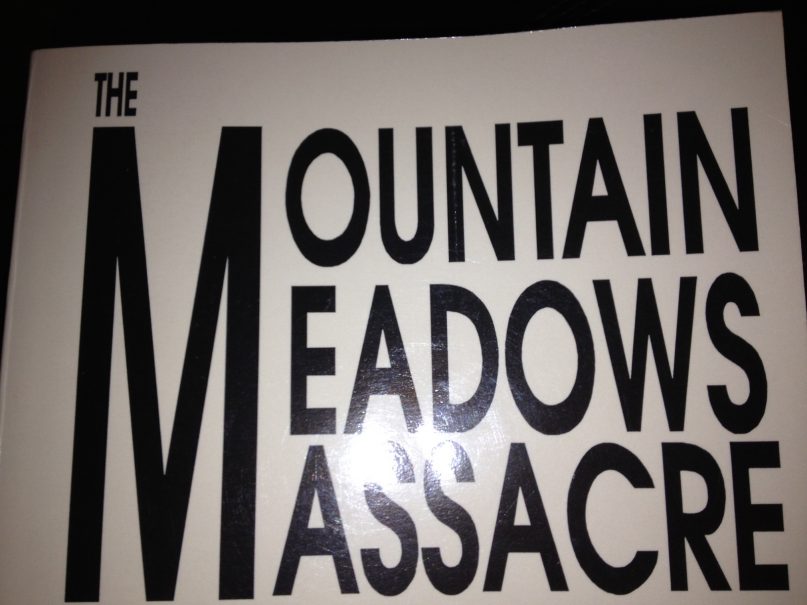 Yesterday, the LDS Church posted another essay in its excellent “Gospel Topics” series that has recently addressed controversial issues like plural marriage, race and the priesthood, and differing accounts of the First Vision.
Yesterday, the LDS Church posted another essay in its excellent “Gospel Topics” series that has recently addressed controversial issues like plural marriage, race and the priesthood, and differing accounts of the First Vision.
This one addresses “Peace and Violence among 19th-century Latter-day Saints,” taking a roughly chronological approach to some of the most violent episodes of early and pioneer Utah history.
I was particularly interested in the forthright way it deals with the Mountain Meadows Massacre, Mormonism’s 9/11. You can read the whole essay here, but here is an excerpt:
Over the next few days, events escalated, and Mormon militiamen planned and carried out a deliberate massacre. They lured the emigrants from their circled wagons with a false flag of truce and, aided by Paiute Indians they had recruited, slaughtered them. Between the first attack and the final slaughter, the massacre destroyed the lives of 120 men, women, and children in a valley known as Mountain Meadows. Only small children—those believed to be too young to be able to tell what had happened—were spared. The express rider returned two days after the massacre. He carried a letter from Brigham Young telling local leaders to “not meddle” with the emigrants and to allow them to pass through southern Utah. The militiamen sought to cover up the crime by placing the entire blame on local Paiutes, some of whom were also members of the Church.
In this essay, then, the LDS Church does several things to set the record straight about what happened on September 11, 1857. While there’s no new information here, there is a welcome sense of candor:
- It concedes that the Mormons’ attack on the wagon train was premeditated and deliberate, and not a spontaneous event.
- It admits the injustice of the Church’s attempt to cover up its members’ actions by blaming the local Paiute Indians.
- It situates the Massacre within the larger historical context of the Utah War and the Mormon Reformation, and admits that Brigham Young’s “fiery rhetoric” helped to create a siege mentality among the Saints in Utah.
- It exonerates Brigham Young from direct knowledge of, or responsibility for, the attack.
- It calls the attack “a terrible and inexcusable departure from Christian teaching and conduct,” quoting Mormon apostle Henry B. Eyring.
What I was thinking as I read through the document was that I wished Juanita Brooks were alive today to see this.
As an amateur historian who published the first full-length account of Mountain Meadows in 1950, she was ostracized for saying precisely the kinds of things that the Church put forward yesterday: that the attack was deliberate, that it was Mormon-led, that it was wrong wrong wrong.
Brooks did not believe that Brigham Young was directly responsible for the attack, but she did charge him with creating an environment in which violent action against non-Mormons seemed to be encouraged from the pulpit, and with helping to sweep the whole tragedy under the rug afterward.
The Church never officially excommunicated Brooks or publicly censured her book, but she felt the sting of Mormon disapproval nevertheless. After its publication, neither she nor her husband were asked to speak in church or hold any significant callings.
But her painstaking primary research stood for itself and started a chain reaction in which other historians followed her work — including, more than half a century later, the LDS Church History department, which published its own account in 2008.






